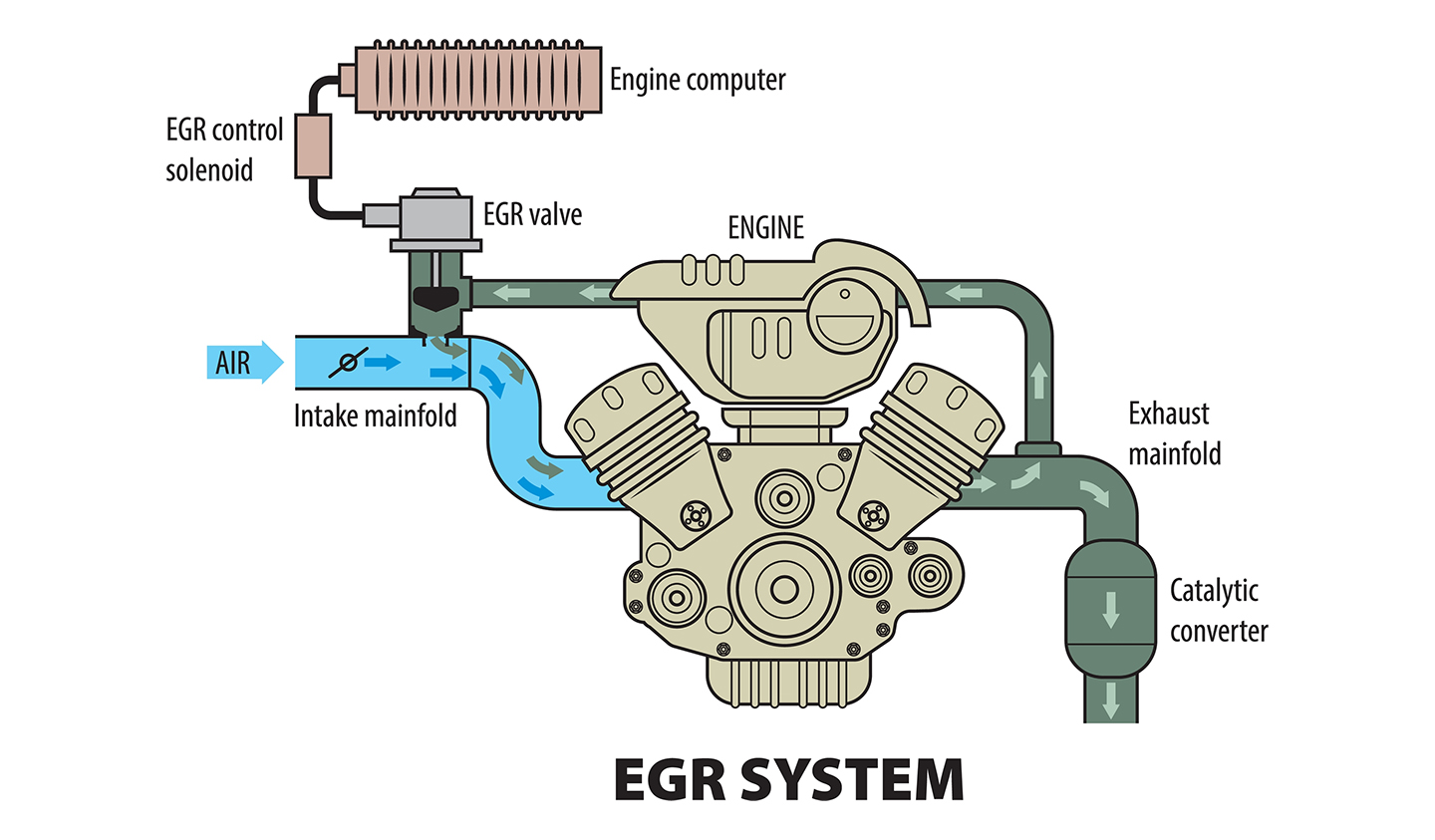What is an Exhaust Back Pressure Sensor and What Does it Do?
May 9th 2022

The exhaust back pressure in a diesel engine is the exhaust pressure necessary to overcome hydraulic resistance to release the exhaust gasses in the atmosphere. The engine needs to pressurize the exhaust gas enough to make sure it will go out the exhaust naturally. The exhaust back pressure (EBP) sensor gauges the pressure of the exhaust gasses before and after it passes through the diesel particulate filter (DPF) to see if the pressure has changed. It will then send a signal to the engine control unit (ECU), which will adjust engine speed based on how much pressure is needed to release the exhaust gasses into the atmosphere. Exhaust back pressure can have a major impact on the health of your engine. If the pressure is off, you will have to replace your diesel parts more often as they degrade with age.
What is Exhaust Back Pressure?
The exhaust back pressure refers to how much pressure is needed to expel these gasses naturally into the atmosphere once they pass through the exhaust. The idea of back pressure can be confusing for some people. It’s important to understand that pressure has no direction. The exhaust doesn’t flow backward. Instead, gasses move from high pressure to low pressure. Creating more exhaust pressure helps the exhaust gasses flow out of the exhaust to overcome the hydraulic pressure in the atmosphere.
Exhaust gasses typically flow out of the diesel turbocharger or exhaust manifold outlet. Most diesel engines use what’s known as exhaust gas recirculation (EGR), which means the exhaust gas goes through the combustion chamber more than once instead of flowing out of the exhaust. The exhaust gas moves through several components before going back into the intake manifold, including the diesel particulate filter (DPF), which removes particulate matter from the exhaust, and the EGR cooler, which lowers the temperature of the exhaust gas to reduce NOx emissions.

What Does the Exhaust Back Pressure Sensor Do?
The exhaust pressure is always changing as it moves through the exhaust system. The exhaust generally loses pressure during each phase of the EGR process. For example, soot and other particulate matter will start to collect in the DPF, which will decrease exhaust pressure.
The EBP sensor tracks how much the pressure changes during this process. It monitors pressure before and after the exhaust goes through the DPF. Soot and other particulate matter will build up in the filter over time. In many cases, exhaust pressure will drop once it leaves the DPF.
The EBP sensor will then send its findings to the ECU, which controls the flow of the exhaust. The ECU will typically increase engine speed to compensate for the lower exhaust pressure. This increases the flow of the exhaust, but it also increases fuel consumption. The engine will force more air and fuel into the engine to increase exhaust pressure, so these gases can flow out of the exhaust naturally.
How to Maintain Proper Exhaust Pressure
Keeping your exhaust pressure at the right psi will help you maintain your diesel engine over time. If the exhaust pressure drops dramatically, the engine will have to work harder to get the exhaust gases out of the tailpipe, which will sap your fuel efficiency. It also increases the temperature of the exhaust gas, which can damage the various parts and components of your engine. It forces your EGR cooler to work that much harder, while increasing the spread of NOx emissions.

Make sure your clean your DPF filter regularly to prevent soot from reducing the exhaust pressure. You can find new diesel particulate filters online if your old DPF needs to be replaced.
You can also check your fuel injection pressure to see if your vehicle is forcing more fuel through the injectors than normal. The injection pressure regulator (IPR) valve monitors fuel pressure based on driving conditions. If the IPR valve is off or creating more pressure than necessary, you can replace the valve to improve performance and reduce fuel consumption. The IPR valve on the Powerstroke 6.0 tends to fail over time. Find new 6.0 IPR valves online to fix the issue.
Don’t let the exhaust back pressure get out of control. Keep these tips in mind to keep your exhaust pressure stable.
Find New IPR Valves to Maintain Proper Fuel Pressure.
